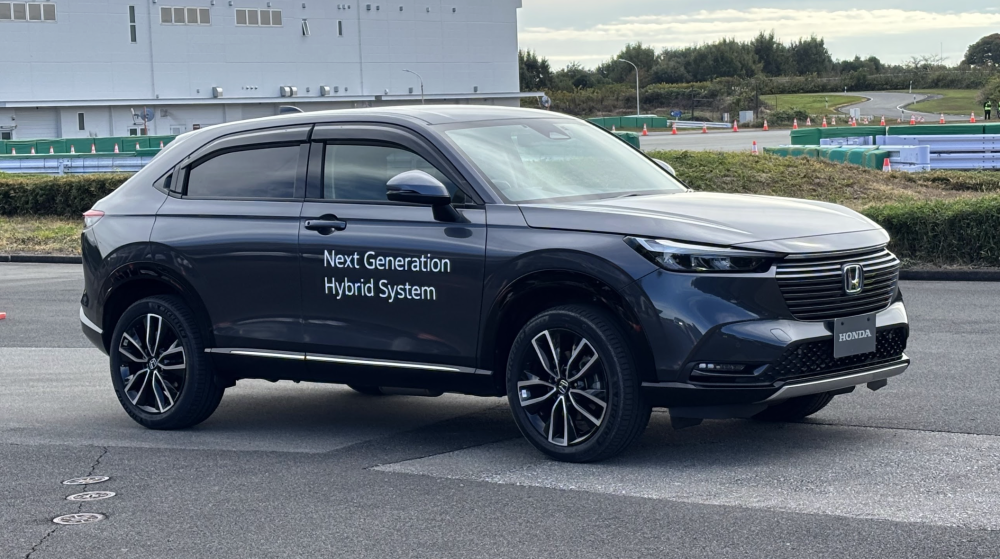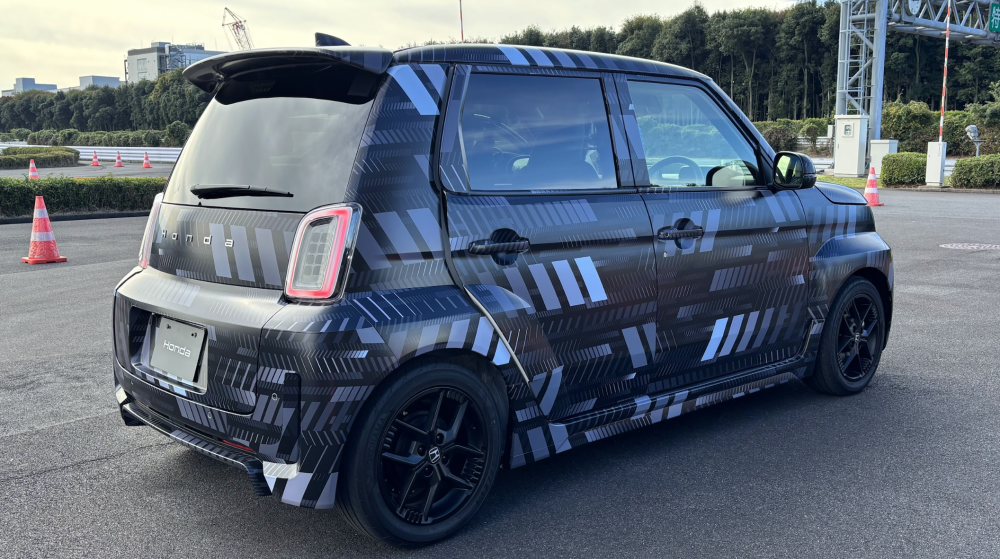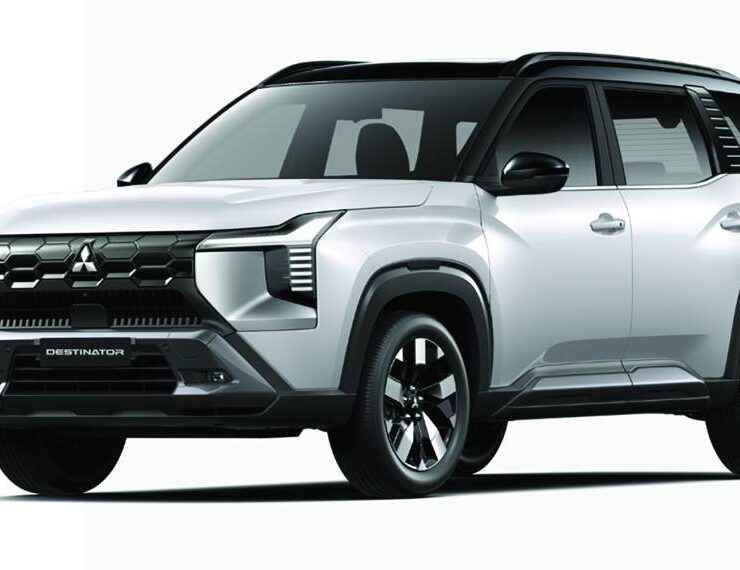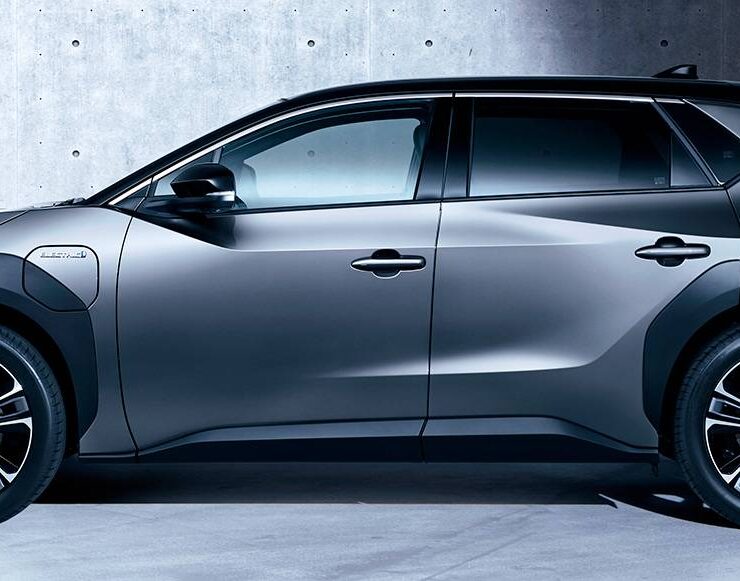Don’t count Honda out of the EV stakes

TOCHIGI, Japan – Automakers here are known for their more conservative approach to electric vehicles (EV), especially compared to their rivals in China.
But given Honda Motor Company’s ambitious goal to achieve carbon neutrality for all its products and corporate activities globally by 2050, the carmaker has ramped up its battery-electric vehicle (EV) development. That’s why the carmaker expanded its Zero lineup with the launch of the 0 a (Zero Alpha) prototype crossover at this year’s Japan Mobility Show (JMS).
And thanks to Honda Cars Philippines Inc. (HCPI), selected members of the Philippine media (including Inquirer Motoring) were able to sample Honda’s upcoming range of electrified vehicles at its Tochigi Proving Ground, which was some two hours away from Tokyo.
EV pocket rocket
Another battery EV that generated major buzz at the 2025 JMS was the Honda Super-ONE Prototype.
As I wrote following its launch, this pint-sized bruiser is based on the locally available Honda N-ONE e: battery-electric kei car – the latter’s cutesy looks have been given some attitude, courtesy of a sporty bodykit and 16-inch alloy wheels wrapped in 205/45-series Yokohama Advan Fleva tires.
The Super-ONE likewise features a Boost Mode made exclusively for this model. Aside from increasing power output and responsiveness, the system synchronizes the simulated 7-speed transmission and the Active Sound Control, along with offering dedicated settings for features like the triple-gauge cluster and illumination color.
At the Proving Ground, we put this baby hot hatch through its paces in the extensive test course – this included a long straight, a series of winding corners and a succession of uphill and downhill hairpins. I found that this near-production model has a stiff chassis and good feel from the steering wheel and brake pedal.
The Boost Mode certainly added to the excitement of the drive, pumping faux engine noises and shifts into the cabin (even a simulated fuel cutoff when using the paddle shifters). However, I think the Super-ONE needs a few more tweaks before its scheduled launch in 2026, particularly a faster steering rack and stiffer rear end to neutralize understeer in high-speed corners.
And given that the Super-ONE will not comply with Japan’s kei car regulations that limit motor output to 64 horsepower, I would like around 30 to 40 more horsepower than whatever the prototype is producing (power output was not provided) for a truly exhilarating drive. If HCPI does decide to bring this baby EV in, it would certainly give hell to the perky BYD Seagull.

Much-needed oomph
Another model that we got to try out is what Honda calls the “Next Generation Small-Size Hybrid Study,” which the company has put into the current-generation Vezel crossover (known in the Philippines as the HR-V).
Major changes include a new 1.5-liter, direct-injection, inline-4 gasoline engine with tricks that are well-known to us racing drivers – these include high-flow ports and more rigid components like the crankshaft, cylinder head, block, timing chain case and oil pan, all pointing to a motor that has been built to handle more power.
There’s also a new transmission that incorporates Honda’s S+ Shift technology (responsible for the stimulating simulated shifts), a thinner battery pack and revamped front and rear electric motors to provide an Electric AWD system. Out on the test course, this all blended together beautifully.
When I reviewed the Honda HR-V e:HEV recently, I wrote that its good driving dynamics were let down by the lackluster powerplant. But this prototype solves absolutely everything with much improved acceleration that suits the taut chassis and suspension, although I would have liked more feel from the brake pedal and the steering wheel.
I really hope that HCPI can get this superb hybrid-electric powerplant into the HR-V as soon as possible.
Gamechanger coming soon
The last vehicle that we tried out was located in another part of the Proving Ground, which turned out to be a race track with many sweeping corners.
And sitting inside the pit lane was the “Next Generation Mid-Size Platform,” which looks like a current-generation Civic with a blocky front end. Once again, Honda has turned to its championship-winning know-how in motorsports and robotics to create what I think is the most memorable car that I tested here.
Besides making this new platform 90 kilograms lighter than the current one (which underpins the excellent Civic and CR-V), the carmaker has engineered more flex in the firewall, strut towers and front subframe to allow for more tire contact in spirited driving. This is augmented by an Agile Handling Assist system that supports smoother cornering.
In addition, the prototype gets a new 2.0-liter, direct-injection, inline-4 gasoline engine mated to a new transmission with S+ Shift, while the battery pack has been moved directly in front of the rear axle for better weight distribution. Out on the track, it was just sensational.
I have long hailed the Civic e:HEV as the best-driving hybrid EV on sale in the Philippines, but it has been resolutely (and unsurprisingly) beaten by its successor. The new powerplant has exciting acceleration that makes it feel like it has 220 to 240 horsepower, while the S+ Shift technology once again provides an unmatched electrified driving experience.
But it’s the new chassis that really impressed – even on rather worn-out all-season tires, the reengineered front end meant that turn-in was very positive, working in conjunction with the easy-to-modulate brakes and the quick, well-weighted steering for unbelievable levels of fun in a car that is supposed to be a statement on pragmatism and frugality.
After the test, I was astonished to learn from the Honda engineers that the left-hand-drive prototype that we tested was just the base model, which meant it had the lowest-specification tires and rather soft suspension. The production version will be launched in 2027, starting with markets like the U.S.
I joked to HCPI president Rie Miyake, who joined us at JMS 2025 and the Proving Ground, that they could already bring in this model because it was left-hand drive. And although we both chuckled at my joke, Honda is certainly not kidding around with its latest forays into EV technology that excites and delights.
I’m happy that keen drivers like me will have a home in Honda when we finally join the electric revolution.





















